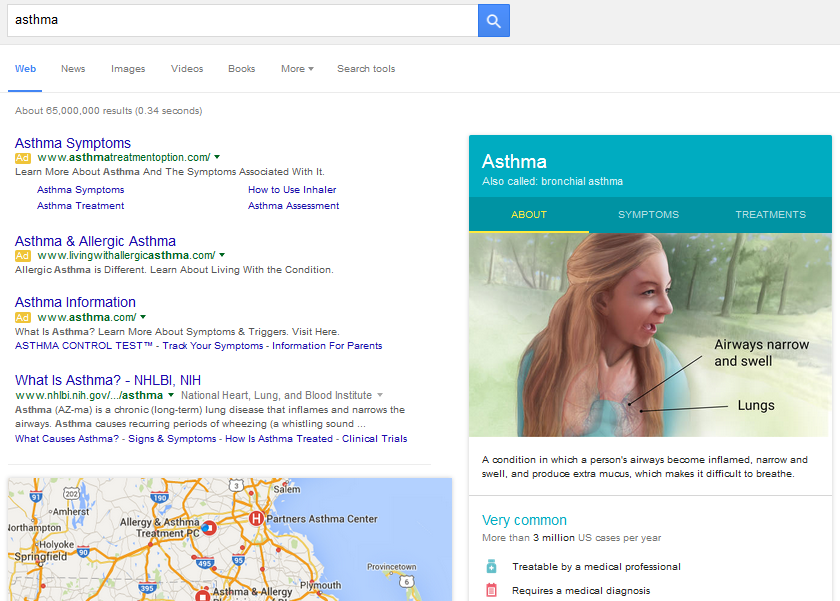Finding Trends in Your Bounce Rates
One of the most commonly used metrics in a Google Analytics report is the bounce rate. It’s a metric that can help you improve your website, by understanding which pages are not resonating as well with your visitors. But beware because bounce rate can be a bit confusing if you don’t fully understand how it works.
What is a Bounce Rate?
Bounce Rate is defined as the percentage of visitors to a particular website who navigate away from the site after viewing only one page. It’s one of those metrics in Google Analytics that you’ll prefer to see a lower percentage.
Several factors can contribute to a website or a specific landing page having a high bounce rate. For instance, visitors might leave the site if there are site usability issues. Or upon landing on the page, they may realize this is not the content they were seeking, again causing the bounce.
Alternatively, your visitors may have found the exact information they needed and do not have an interest in looking at any additional pages within the site. So it’s important to realize that a high bounce rate is not necessarily a bad thing. Some pages are meant to have high bounce rates. If a visitor is looking for a specific piece of information – and they have found it on your site, they could take their information and leave. It doesn’t mean that your site didn’t have enough interesting content, but maybe they found an answer and have no desire (or time) to remain on the site. Contact Us pages typically show a high bounce rate, as visitors get the information that they were looking for and then leave.
Finding Trends
We did a bit of digging in Google Analytics for one of our clients to see exactly which landing pages were generating a lot of visits from organic search, but were also producing a high bounce rate.
The first step was to set an advanced segment for organic sessions, and export 3-6 months of landing page data from Google Analytics. We then sorted the pages by highest total sessions and compared these pages to highest average bounce rate. For the purpose of this research, we only looked specifically at landing pages that had a bounce rate of 60% or higher. Bounce rates around the 50% mark are considered typical for most sites; while bounce rates less than that are viewed as good.
After looking at the data in Google Analytics, we were able to see a trend for specific pages that were generating traffic from organic search, but also had a high bounce rate. As we started to group the pages, we noticed that they predominantly fell into three distinct categories. The first group of pages were targeting users with an interest in a specific topic; an interest that may not carry over to other pages on the site. The second group of pages lived on the company’s blog. And, the third group of pages were within a section that had a lot of external links, which were likely distracting visitors and sending them off the site. Outlining any trends you are seeing with pages that have a high bounce rate is the first step to performing a bounce rate analysis.
Another thing to look into when dealing with high bounce rates is the average session duration. In the example of the blog posts performing well from an organic search standpoint, but having high bounce rates, we took a step further and looked at the average session duration. The average session duration for a lot of the blog posts were around 45 seconds, which suggests that these visitors were reading the posts and then leaving the site. Again, this may not necessarily be a bad thing…especially if you have a smaller site and are looking to boost up a specific piece of content.
There is often confusion around sites with external links that open in a new tab. The short answer to this is that if someone clicks on an external link in a new tab, and then does not interact with your site for 30 minutes, they will be considered a bounce – even if the tab is still open. Therefore, external links can contribute to a higher bounce rate if your visitors are clicking off and never coming back (or coming back too late). Adding event tracking to your outbound links can help you gain a better perspective on how many of your users are clicking on external links or just closing out the site.
You should also have a clear understanding of the differences between bounce rate and exit rate. A bounce refers to visits with only one interaction, while an exit can occur after several interactions. An easy way to differentiate is to understand that Bounce Rate is based only on sessions that start with that page; while Exit Rate applies to the page in which visitors are leaving the site after several interactions.
Next Steps
Now that you’ve got a clear understanding of how to interpret your bounce rate and have identified trends you are seeing in your data, you can determine which pages need your immediate attention. Overall, the best way to improve your bounce rate is to find ways to encourage visitors to remain on your site and engage with more content. You may want to add more internal links to your pages that have high bounce rates, or create more compelling content that encourages your visitors to stay engaged. Just don’t waste time adding or altering content on pages that you would expect to have a high percentage of bounces. Look for trends in your bounce rates and then focus your efforts on where they will matter the most!

